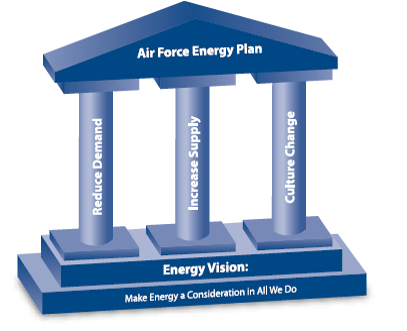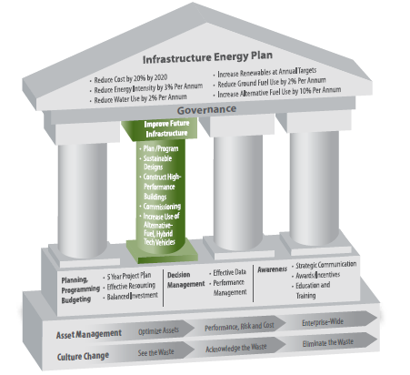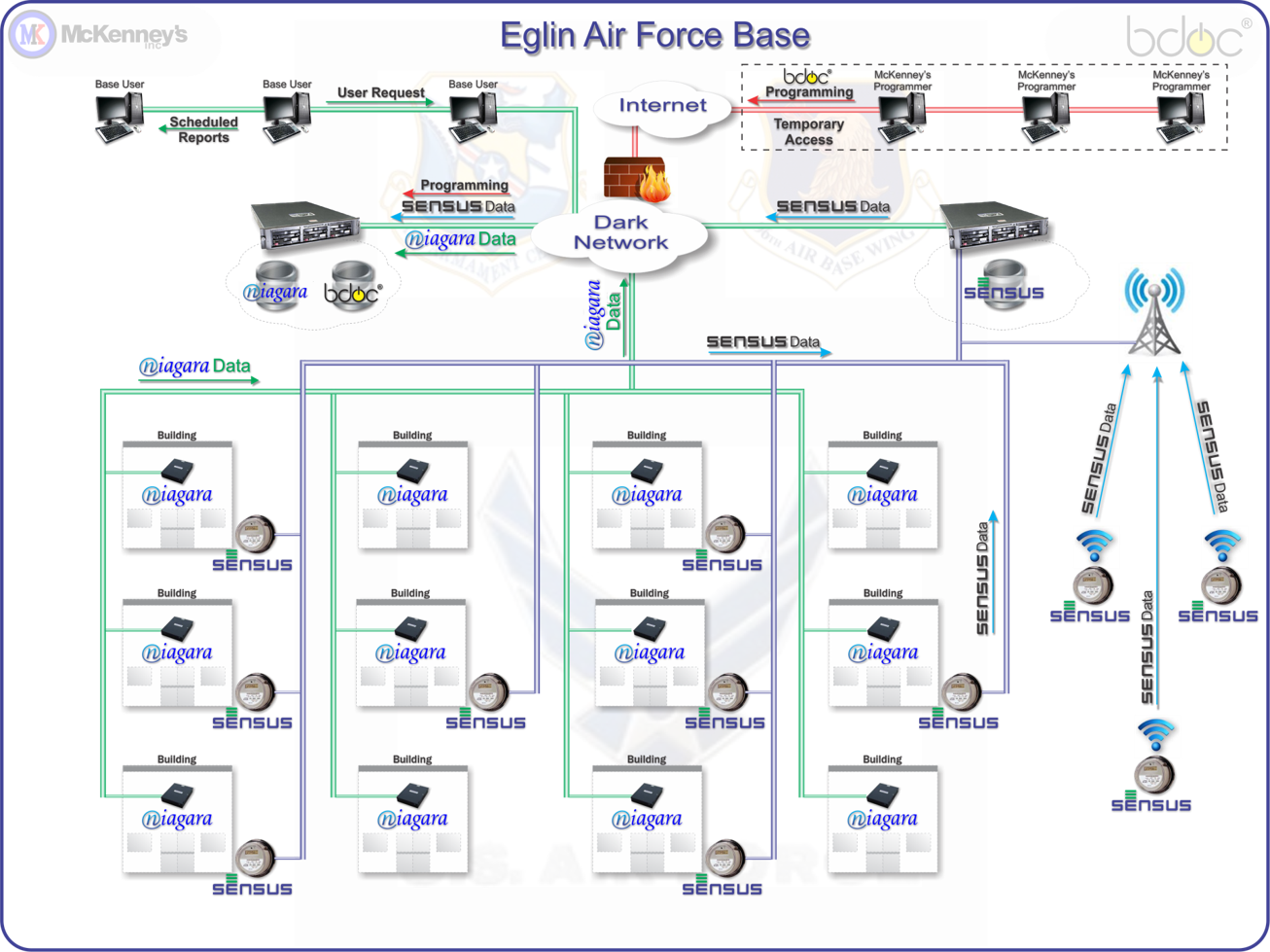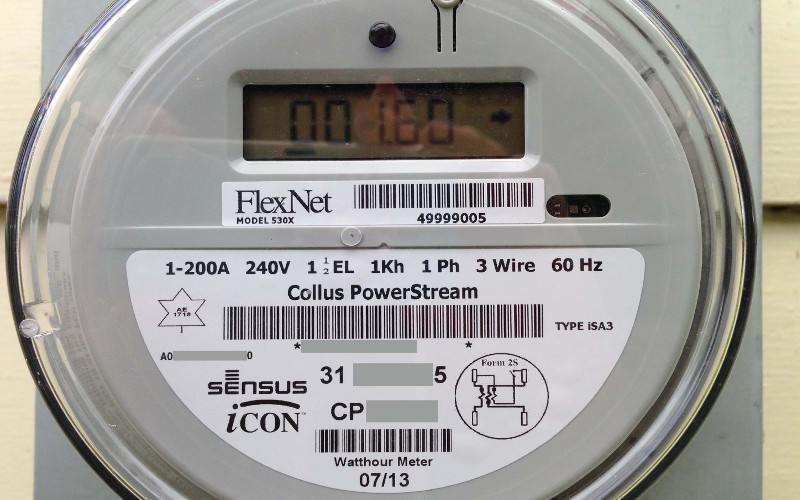Project Description
Project Name
Cybersecure Smart Grid with Integrated Utility Metering
Location
Eglin Air Force Base, FL
Challenge
Cybersecure Integrated Energy Management and Smart Grid System
Description:
Eglin Air Force Base (AFB) is an Air Force Materiel Command (AFMC) base serving multiple missions related to Air Force armaments. Eglin is responsible for the development, acquisition, testing, deployment, and sustainment of all air-delivered non-nuclear weapons in addition to supporting fighter wings, special operations groups, and even space control missions.
Eglin AFB executes these missions over an extremely large area that contains thousands of air-conditioned (A/C) buildings scattered throughout the 640-square mile installation. Energy use is heavily predicated by weather, with peak demands occurring during hot summer days. Providing energy that is both resilient and economic depends heavily on understanding and managing these demands in real-time throughout the base.
Eglin Air Force Base Energy Management Plan

Since Eglin AFB is such a large consumer of energy and dependent on energy surety to accomplish mission objectives, the Eglin staff were interested in innovative technologies which would help the base better perform energy management functions. Given the real-time pricing (RTP) tariff the base was on, there was also keen interest in load shedding and demand reduction since RTP afforded them opportunities to manage peak loads during periods of rapid price escalation.
Reducing peak demands also had the ancillary benefit of reducing peak congestion points, reducing electrical stresses, and improving availabilities on the distribution and transmission networks feeding these loads upstream. Energy availability and management is critical to Air Force readiness and as such, the Air Force has been a leader in the development of strategies designed to further energy conservation goals.
These goals led the Air Force to develop a long-term energy plan that includes three “approach pillars” that ultimately were the impetus for initiating the project:
Reduce Demand: The Air Force is committed to reducing aviation ground operations, and installation energy demand
Increase Supply: The Air Force is committed to increasing the amount of energy supplies available to enhance our nation’s energy security.
Culture Change: Changing the Air Force culture is critical to achieving the Air Force’s Energy Vision.
PowerSurety senior staff, who at the time were employees of Chevron USA Inc., oversaw development of a Cybersecure Energy Management System with Load Shedding and Peak Demand capability to help Eglin AFB satisfy one of their Energy Plan Pillars of improving future infrastructure. The Cybersecure Energy Management System was developed to reduce energy intensity and institute the use of energy metrics and measurements to track facilities performance to help drive a culture of continuous energy reduction.
Cybersecurity Smart Grid Project Goals

Project goals were developed at the onset of the project to specifically align with Air Force Energy Plan:
Integrated Solution: Integrate Utility Metering and Building Controls into a single IT platform to allow for ease of use.
Cybersecurity Compliance: Comply with Air Force IT Security Requirements.
Smart Energy Management: Provide functionality and algorithms for proactive energy management that helps Air Force exceed energy goals.
Developed Solution

A cybersecure Smart Grid solution was developed that utilized network infrastructure, unused dark fiber optics, metering, controls, and middleware software that enabled Eglin AFB to combine real-time and historical data across the base, making connections between devices, buildings, complexes and the installation that are not traditionally available in HVAC control systems.
Eglin AFB can now take full advantage of the cybersecure smart grid’s ability to access data from any part of the installation through a common portal.
Stand-Alone EMS Network
New Building Level Controllers
Energy Saving Controls
Utility Metering System Interface
Data Integration
Energy Management Software & Dashboards
The project team developed an energy management approach that performed continuous collection and aggregation of energy data from a widely disparate array of energy management, IT infrastructure, and building control systems. The supervisory software aggregates, monitors, and analyzes tens of thousands of sensors and data from more than 144 buildings.
The energy management system (EMS) provides dashboards that collects real-time information from the cybersecure smart grid which help base maintenance staff assess building performance and energy efficiency, generate automated energy usage reports, compare current energy usage with historical data, and enable the deployment of load shedding and load shifting to take advantage of favorable electric rates. Electrical savings are expected to be in the range of approximately $2.5 million annually, with a project payback period of less than three years. Additional project metrics are shown below:
Cybersecure Smart Grid Projected Results
Annual Elec Savings – 22,095,259 kWh
Annual Elec Savings – 75,411 MMBTU
Annual Gas Savings – 23,589 MMBTU
Annual Energy Savings – 99,000 MMBTU
Simple Payback – 2.84 Years
Savings to Investment (SIR) – 3.22
Carbon Dioxide (CO2) Savings (lbs per year) – 43,726,519
Sulfur Dioxide (SO2) (lbs per year) – 235,315





